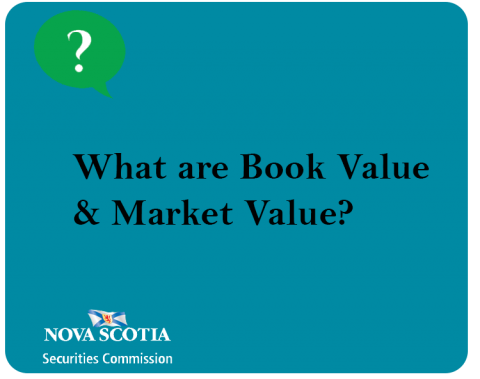Submitted by nsscadmin on

This question specifically refers to what Book Value and Market Value refer to when it comes to mutual funds. If you invest in mutual funds you’ve likely seen these terms on your statements along with a numerical value in dollars.
On your statement, Book Value refers to the original purchase price of an investment. For example, if you purchase 100 units of a fund at $10 per unit, the book value would be $1,000.
The Market Value refers to the current value of an investment at a specific time. This is set at the end of the trading day and can change daily. For example, when you purchased the 100 units above for $10 each, you’re hoping they increase in value. If they do increase in value to $11 per unit, your 100 units would have a market value of $1,100. The market value listed in your statement would use the value of the investment for the day it was printed. As we mentioned, this value can change daily.
There is a simple way to think about Book Value and Market Value when it comes to your investments. Book value is what you paid for your investment when you bought it. Market Value is what your investment is currently worth if you were to sell it. Hopefully your investments are doing well, and the Market Value is greater than the Book Value. However, due to market volatility that can change periodically and isn’t guaranteed.
